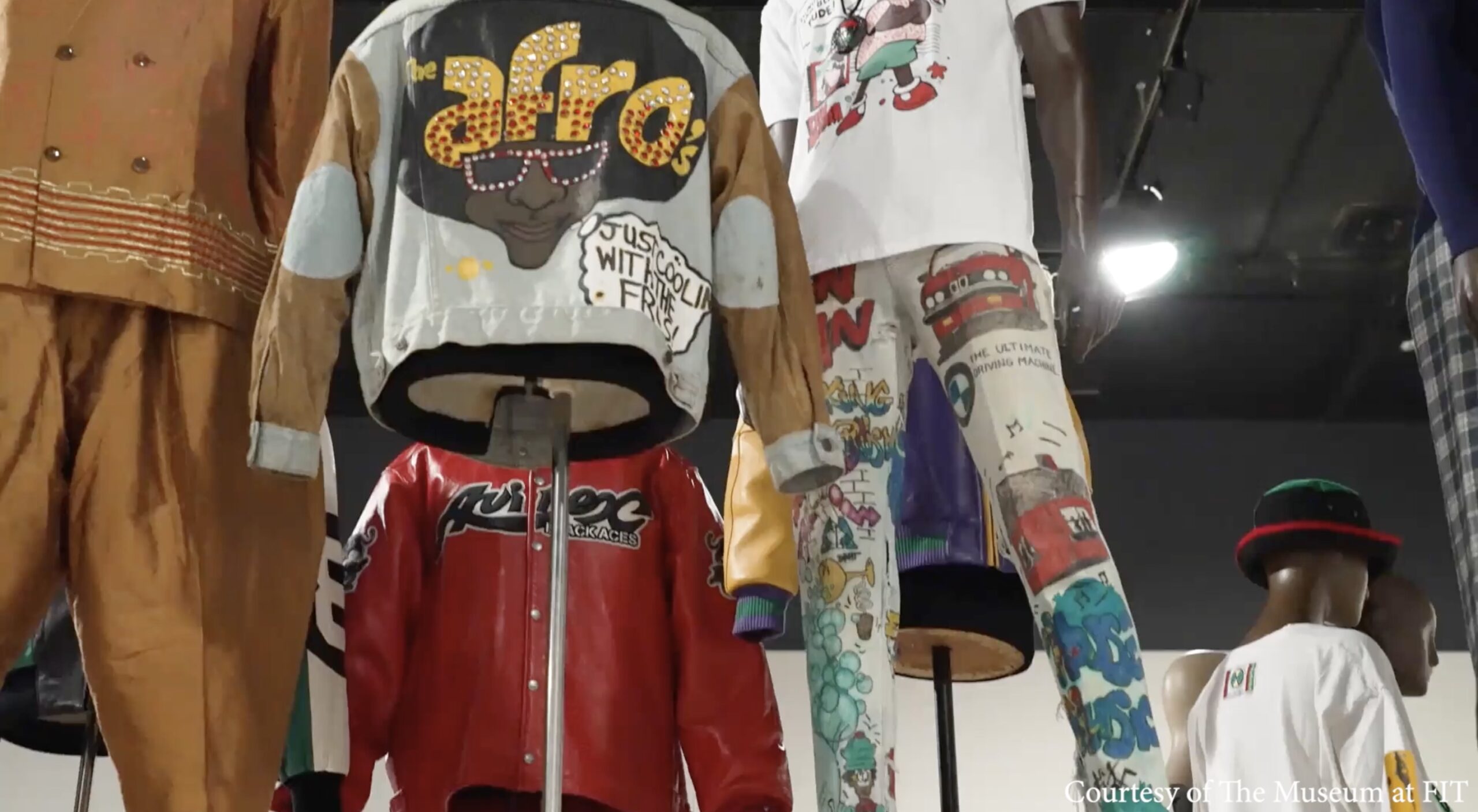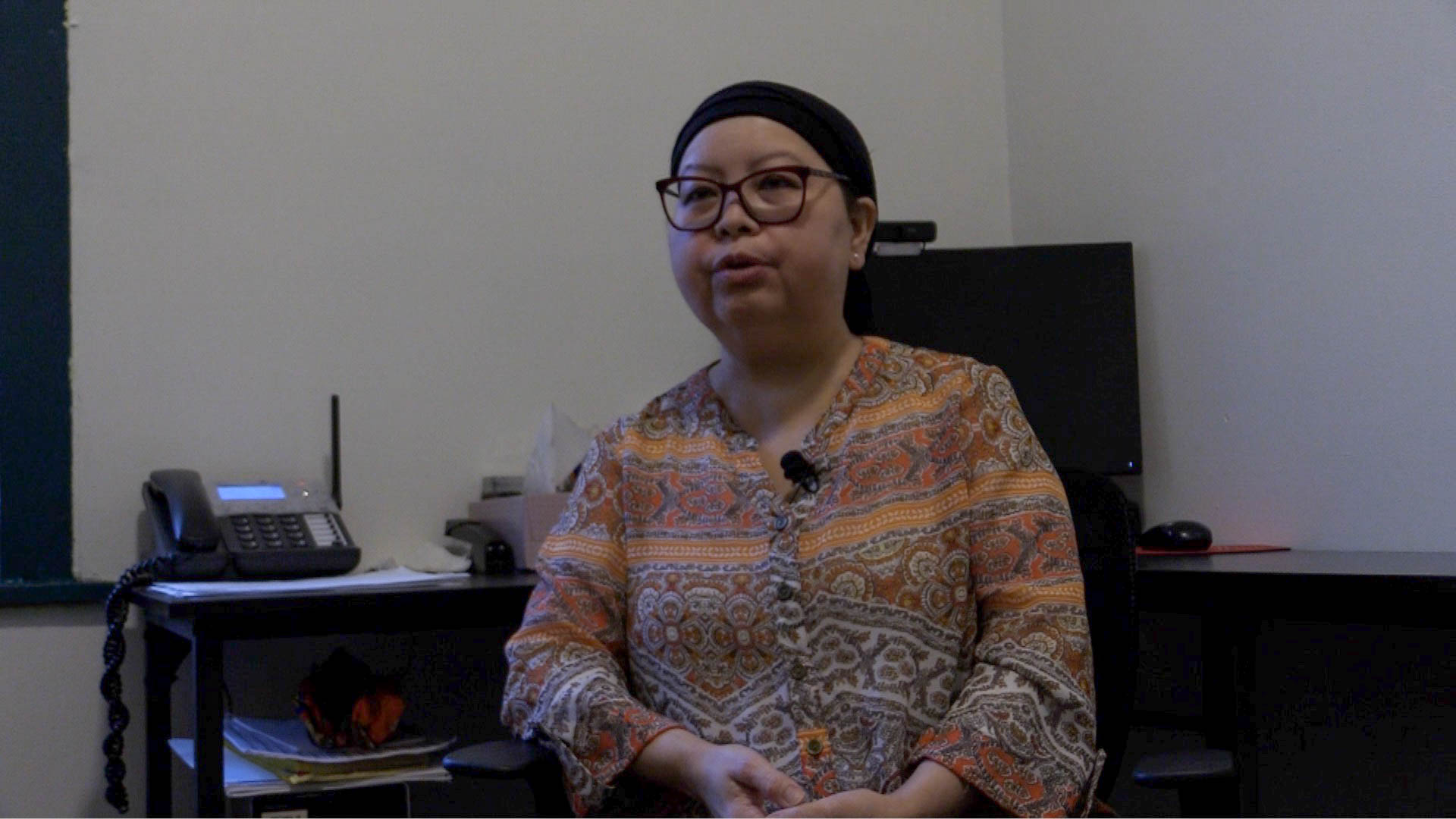Marsha Hinds spends $5 to $10 a month on food and necessities in a city where a latte can go for $6.
She finds hundreds of dollars worth of food every week in the trash bins of Brooklyn. She travels to Manhattan’s Whole Foods and Trader Joe’s at night when garbage bags full of the day’s blemished fruits, vegetables, nut butters, pastas and baked goods are tossed out.
“I trash dive everywhere,” Hinds said. “Wherever I go, I am sneaking glances into garbages, along paths, and in dumpsters, even in the front of houses.”
Hinds, 48 of Crown Heights, Brooklyn, is not poor or homeless, she’s a freegan. It’s a lifestyle that means she eats food found in trash bags and dumpsters to rally against the near 34 million tons of food thrown away by U.S. households and stores each year, in addition to living an incredibly sustainable life, by reusing and repurposing all goods.
Freegan comes from the words “free” and “vegan” – though many freegans aren’t necessarily vegan. In fact, on one of Hinds’ recent memorable dives she found discarded veal chops passed its sell-by date, yet edible.
The freegan movement has grown in New York City not because of the economic downturn, but because of the proliferation of online communities where like-minded people can find each other.
“It’s a philosophy, world-view, lifestyle that reuses, repurposes all kinds of goods,” said 27-year-old freegan Giovanni Andollo, of Inwood, Manhattan. “Food is the one that gets the most attention. Americans are so incredulous that you would eat garbage, but people in other countries would be incredulous that food is going to waste.”
But medical professionals, like Dr. Mariana P. Moreta, of Fresh Meadows, Queens, warn that eating foods thrown away by supermarkets can be a big risk.
“Even if they took the utmost care in selecting the items they consume, the bottom line is that rodents and insects also rummage through garbage whether placed indoors or outside,” she said. “There is no way to ensure the safety of consuming this food.”
But freegans don’t see the risk, only the gain.
Cleaning the food and cooking it well are precautions Andollo and Hinds take to protect themselves from food-borne illness.
“People who dismiss freegan food as being dirty or unsanitary or contaminated in some way think are perhaps a little too forgiving of the food they buy,” Andollo said. “Plenty of food that ends up on the shelf is contaminated. I am just as likely to get sick from food off a grocery shelf as I am to get it from a garbage bag.”
Andollo says there’s only a small window of time to rummage for the food before it’s picked up. Hinds takes never takes anything rotten, moldy or near broken glass. Both have never gotten sick from rescued food.
Like Hinds, Andollo is part of Freegan.Info, a large, New York City-based organization that is both an online resource and community rep. The group, founded in 2003, offers food tours to first-time freegans and directories of supermarkets, listed by neighborhood, of where to go to trash dive, what food you’ll find, and how to stay safe.
Hinds found the group when she lost her secretarial job in 2009. She had $40,000 in the bank at the time and wanted to learn to be even more frugal.
“There are only a few things that I can’t get from trash diving,” she said.
Hinds can find books to sell and ingredients to make her own butter, and she makes her own body cream and bath salts.
She hasn’t bought a Metrocard since 2010. Her tactic is asking individuals with unlimited monthly passes leaving the station to swipe her in.
Other money savers include not owning a car, television, computer or phone. She uses the Internet at the Brooklyn Public Library and wears discarded clothing picked from the trash.
Do-it-yourself projects are also a huge part of the freegan way, according to Hinds. She makes everything from address books to recipe binders and dated calendar books. It takes her a long time, but she will sit down to create a planner with little pieces of paper, a ruler and a pen to line and date the necessary pages to account for the 365 days in a year.
A part of the freegan mindset is to also keep from monetizing things like time. Many freegans choose to volunteer their time like Andollo does regularly at churches, homeless shelters and at a trilingual community bookshop called Word Up in Washington Heights.
Andollo started rescuing food in high school, eating leftovers from friends’ plates. It was a philosophy that manifested.
“Why would you pay for food and just not eat it,” Andollo said. “For me, as a high schooler, I couldn’t consolidate those two realities — people dying of starvation and in America, wasting millions of pounds of food a year.”
After moving to New York from Miami, job-hunting was hard. He needed to cut corners.
“When you are in dire straits financially, either increase income or decrease spending,” he said. As an artist, musician and writer, he only had one option. “I figured one place where I could cut costs was in food.”
For a year, his trash dive spot has been in Morningside Heights, by Columbia University. As a vegetarian, he appreciates the healthy frozen meals local health stores toss away, plus the fresh fruits and vegetables.
Freeganism, defined by Andollo and others, is not just about food, but it’s a large part of the picture people see.
“Most people would be more shameful to dig through trash bags,” Andollo says. “I kind of see it as an honorable thing that I am doing to make the world a better place.”


Comments
[…] Original Multimedia Piece Here: Trash diving for food is a Freegans life Share this:TwitterFacebookLike this:LikeBe the first to like this […]
Nice blog! I’ve recently made a short video on freeganism for a competition..thought you might like it and if you do and could share it, that would be great as every view gives me a vote 🙂 http://www.youtube.com/watch?v=6djV20NnJ8o&feature=c4-overview-vl&list=PLYT7vD5He2VAVTw7z78cmU_n3UjTpLzwz